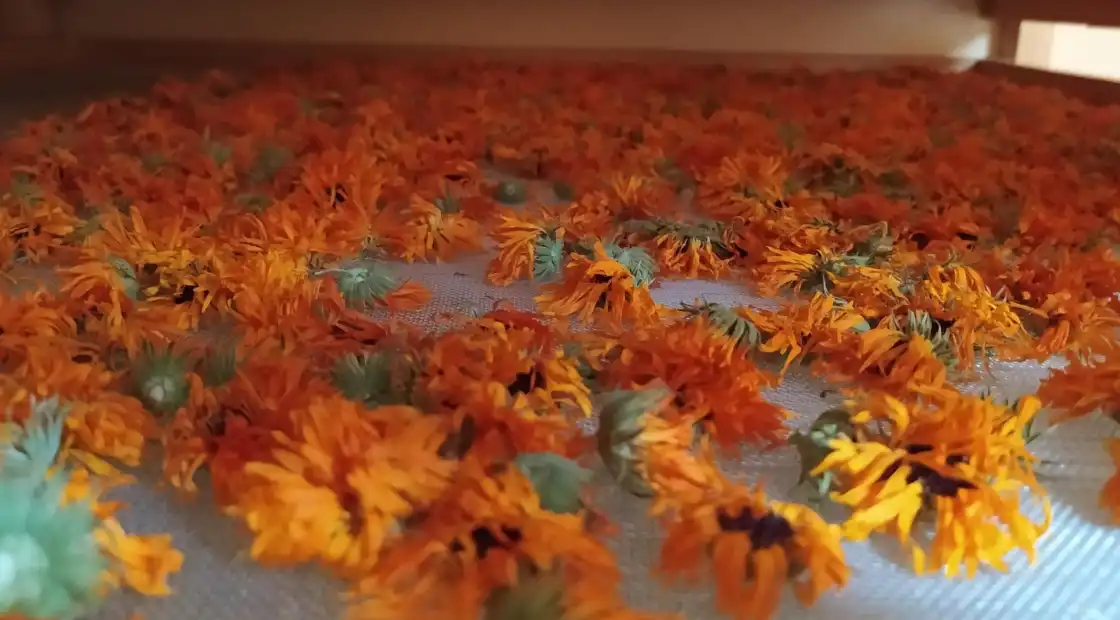AMSP Bio des Pays de la Loire, knowledge of players and characterization of supply and demand.

sector AMSP in France and Pays de la Loire
During a presentation at SIVAL 2024, experts fromInterbio Pays de la Loire and the CAB presented an in-depth analysis of the sector of Perfume, Aromatic and Medicinal Plants (AMSP). On a national level, there has been steady growth in organic acreage since 2007, despite a drop in conversions by 2022. However, the number of producers has increased, reaching 2,879, with the majority concentrated in the south of France. In Pays de la Loire, a similar dynamic has emerged, with 233 producers by the end of 2022, distributed mainly around Maine-et-Loire, Loire-Atlantique and Vendée.
The study highlights a diversity of crops in this region, including mint, lemon balm, thyme and other specific aromatic plants. Zooming in on geographical distribution, Chemillé and Angers emerge as major production and processing basins. However, this diversity of players generates specific needs to be met in order to effectively structure sector, notably through better interconnection between producers and processors.
Types of players and market challenges
The analysis carried out by the Interbio and CAB teams as part of the study revealed a number of different profiles among sector players. Among processors, there are two main categories: those focused on short circuits, with limited volumes, a 100% organic approach and a search for local partnerships, and those favoring long circuits with larger volumes, but mixed satisfaction regarding the structuring of supplies in the region. Tensions concerning regulatory compliance and the availability of appropriate volumes are particularly hampering these collaborations.
Among producers, three profiles coexist: historic structures with solid partnerships, 100% organic producers looking for outlets, and micro-structures with an ultra-local approach not necessarily interested in forging partnerships with downstream sector. Regulations appear to be a major obstacle, as they are unsuitable for small structures, and volume constraints also affect the stability of relationships between processors and producers.
Perspectives and challenges for sector . AMSP
There are many opportunities for sector des AMSP in Pays de la Loire are numerous. Growing demand for natural and organic products is accompanied by recognition of the high quality of local produce. Favourable climatic conditions and the potential for relocating crops are also major assets. At the same time, initiatives aimed at strengthening local partnerships through meetings between producers and processors, particularly in the organic sector, are seeking to respond to the needs expressed.
However, challenges persist on several levels. Climate change could jeopardize certain crops. Competition exacerbated by lower-quality imported plants and the inflationary crisis are undermining all players. Last but not least, the mismatch between regulatory standards and the realities of small-scale farming hinders access to more structured markets.